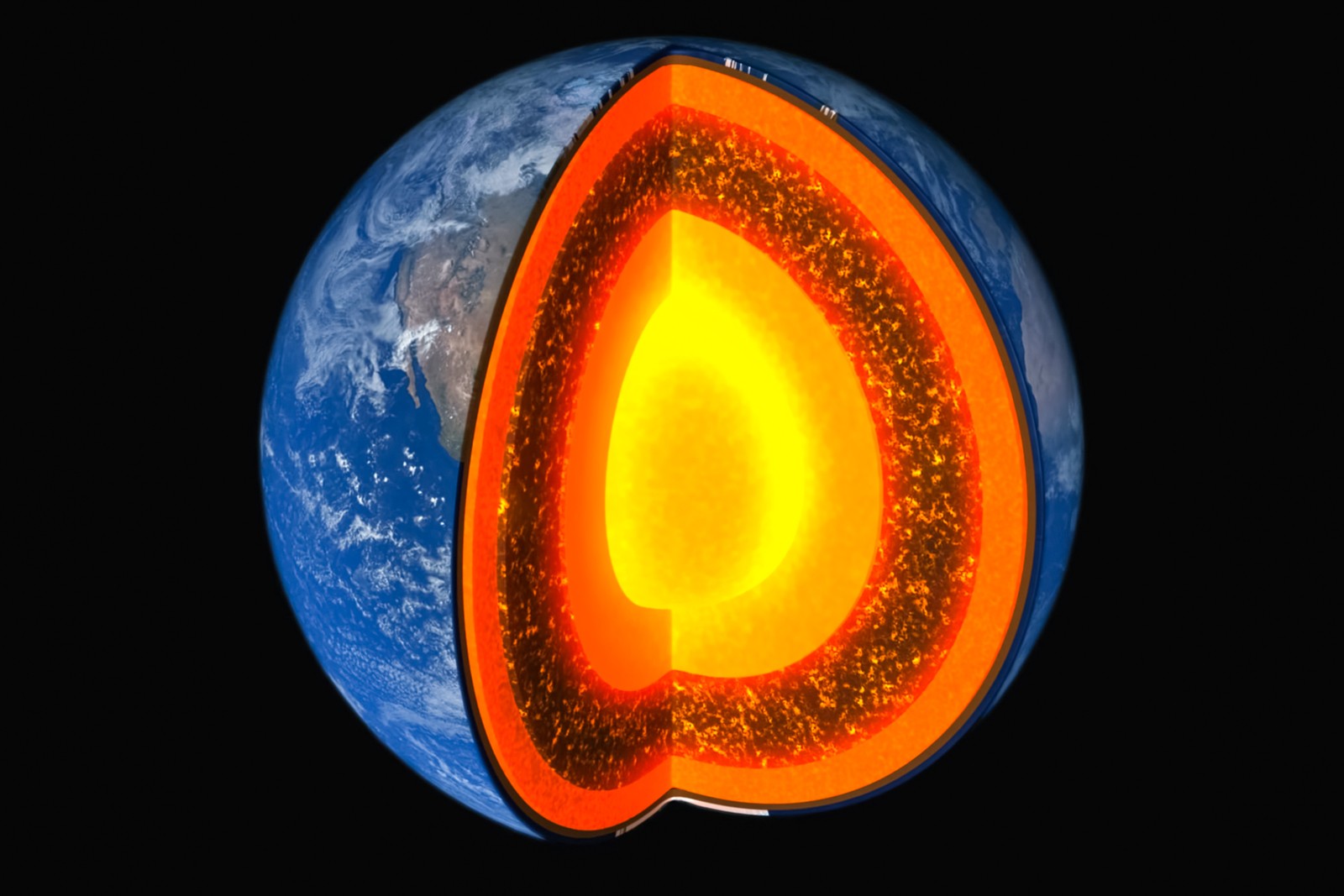A revolutionary discovery has turned our understanding of the Earth’s hydrosphere on its head: a gigantic reservoir of water, hidden between 400 and 600 kilometers below the surface, is thought to contain three times as much water as all the Earth’s oceans.
A discovery that defies imagination
Researchers have uncovered the existence of a hidden ocean deep beneath the Earth’s surface, trapped in a mineral called ringwoodite. This rock, with its exceptional properties, can absorb water into its crystalline structure under extreme conditions of pressure and temperature. Scientists have been able to detect its presence using sophisticated seismic techniques, observing the behavior of seismic waves as they pass through this transition zone in the Earth’s mantle.
A new history of water on Earth
This discovery challenges conventional theories on the origin of terrestrial water. Whereas it was thought that water came mainly from comets that collided with the primitive Earth, it would appear that a significant proportion came from the very bowels of our planet. This reservoir could also act as a “battery back-up” for the surface oceans, potentially influencing their level over geological timescales.
Major implications for climate and the environment
The existence of this underground ocean could have far-reaching implications for our understanding of the Earth’s climate. This reservoir could act as a natural regulator of ocean levels and influence tectonic and volcanic activity. Scientists even suggest that it could have an impact on carbon cycles and greenhouse gas emissions via volcanic activity.
A new chapter in the history of our planet
Researchers face the daunting challenge of studying an ocean hundreds of kilometers beneath our feet. Despite these obstacles, technological advances in seismology and simulation hold out the promise of new discoveries. This underground water could even have played a crucial role in the appearance of life on Earth, opening up new perspectives on our origins.
Exploration of this hidden ocean has only just begun, but it already promises to revolutionize our understanding of the Earth and its history. One thing is certain: this discovery marks a major turning point in the Earth sciences and could well rewrite geology textbooks.

